Losing things is part of life. I for one have no idea where half of my socks have disappeared to over the course of my life, but I am guessing they are somewhere with the many pairs of headphones that I have also managed to misplace throughout the years.
Although you may want to hire an archaeologist to find your lost socks, there are other solutions. And as it turns out, they are actually too busy trying to figure out why entire civilizations have disappeared.
That's right. If you thought your missing sock collection was puzzling, think about the fact that there are entire populations and cities that have mysteriously disappeared from the face of the earth and from history.
Even though people have dedicated their lives to finding out what happened to abandoned cities, some places still remain a mystery, and likely will for a long time to come.
Here is a list of 10 cities and civilizations that have mysteriously disappeared.
Can you think of any other lost civilizations? Let us know in the comments and please SHARE with family and friends!
1. The Maya
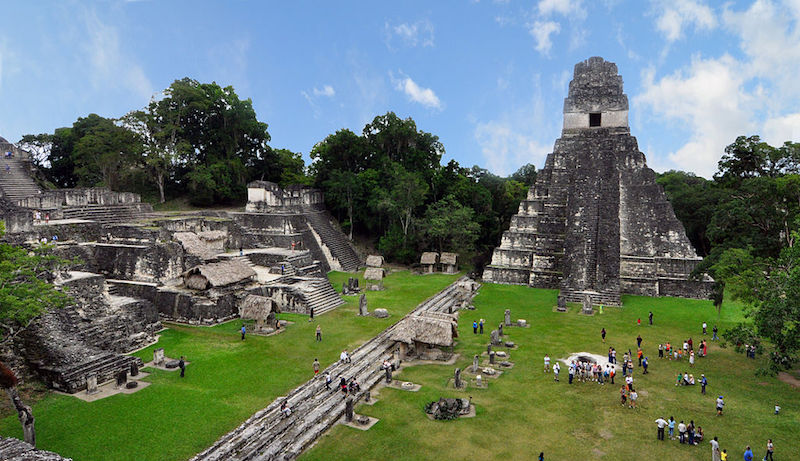
The Mayans are acclaimed for being a sophisticated society, and for things like inventing the number zero a thousand years before the concept had entered the European mind.
By 600 C.E., the Maya had built thousands of cities around central America, which makes their disappearance all the more puzzling. What was a bustling and dynamic society can be dated as beginning to decline in the 8th and 9th centuries by archaeologists.
While experts can date when the cities were abandoned, they cannot agree on a conclusion as to why this happened. Drought, foreign invasion, collapse of trade routes and disease are all theories.
2. The Lost Colony Of Roanoke

In 1587, a group of 115 English settlers landed on Roanoke Island, off the coast of modern day North Carolina. After a few months, it was agreed that the colony's new governor, John White, would sail back to England for supplies.
White arrived in England just as a major naval war broke out and Queen Elizabeth I seized all available ships to help in the cause against the Spanish Armada.
When White arrived back to Roanoke Island three years later in 1590, he found the colony completely abandoned. There was no sign of the settlers other than a tree with the name "Croatoan" carved into it.
Croatoan was the name of an island and the Native American tribe that inhabited it, causing some experts to believe that they were abducted and killed. However, that theory is yet to be proven. Others hypothesize that they tried to sail back to England (unsuccessfully), or were killed by Spanish settlers who were traveling north from Florida.
3. Indus Valley Civilization
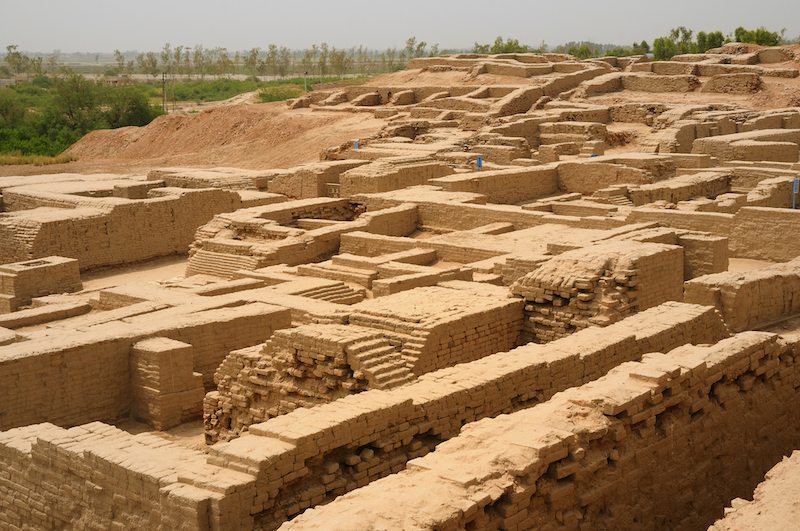
Ruins of the prosperous Indus Valley Civilization can be found in and around the floodplains of the Indus River, in what is currently Pakistan and northwest India.
Archaeological evidence suggests it was a highly advanced society that was spread among many cities and towns. The Indus Valley civilization was at its peak around 2500 B.C.E when they had a written language, sewage systems, and agriculture.
By 1800 B.C.E, people began to abandon the cities, and no one knows exactly why. Some theories suggest that the river dried up, while others cite a flood or invasion by nomadic cattle herders.
4. Easter Island
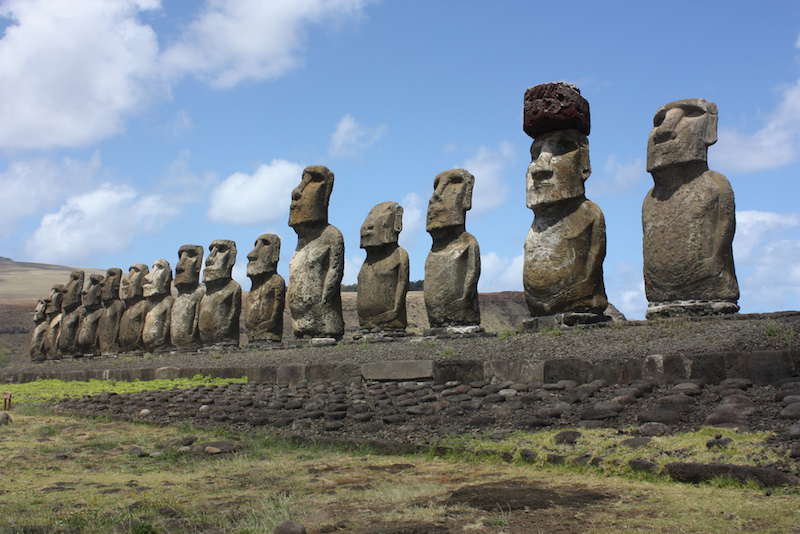
Easter Island is famous for it's massive head statues, called Moai. They were made by the Rapa Nui people, who experts think traveled to the island in the middle of the South Pacific using wooden outrigger canoes around 800 C.E. It's estimated the island's population was around 12,000 at its peak.
The first time European explorers landed on the island was on Easter Sunday in 1722, when the Dutch crew estimated that there were 2,000 to 3,000 inhabitants on the island.
Explorers reported fewer and fewer inhabitants as the years went on, until eventually, the population dwindled to less than 100.
No one can agree on a definitive reason as to what caused the decline of the islands inhabitants or it's society. It is likely that the island couldn't sustain enough resources for such a large population, which led to tribal warfare. Inhabitants could have also starved, as evidenced by the remains of cooked rat bones found on the island.
5. Cahokia
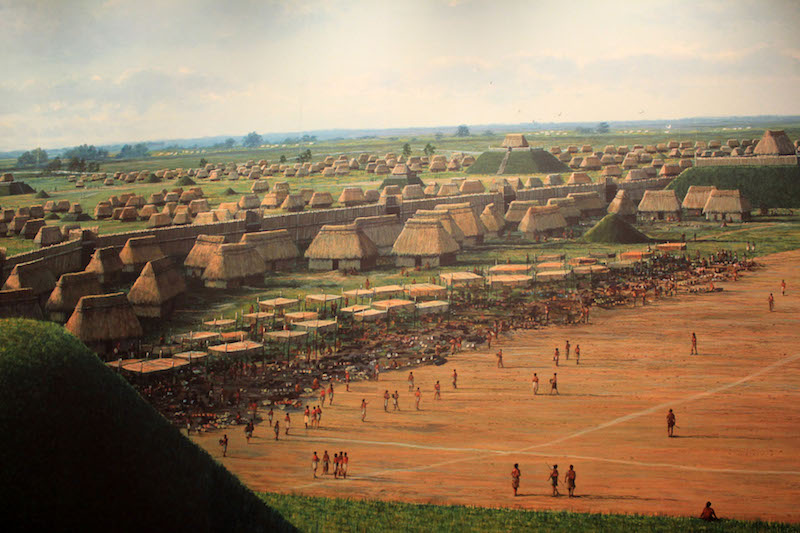
Cahokia is known as America's forgotten city. It was a bustling Native American civilization in modern day Illinois. It is estimated to have supported a population of 10,000-20,000 and have spanned over six square miles at it's peak during 1050-1200 C.E.
The city inhabitants lived in mounds that were all abandoned by 1400, far before Columbus or any European explorers had come to the new world.
No one knows for sure why the city was abandoned, but overhunting, deforestation, disease and flooding are all suspected.
6. Angkor Wat
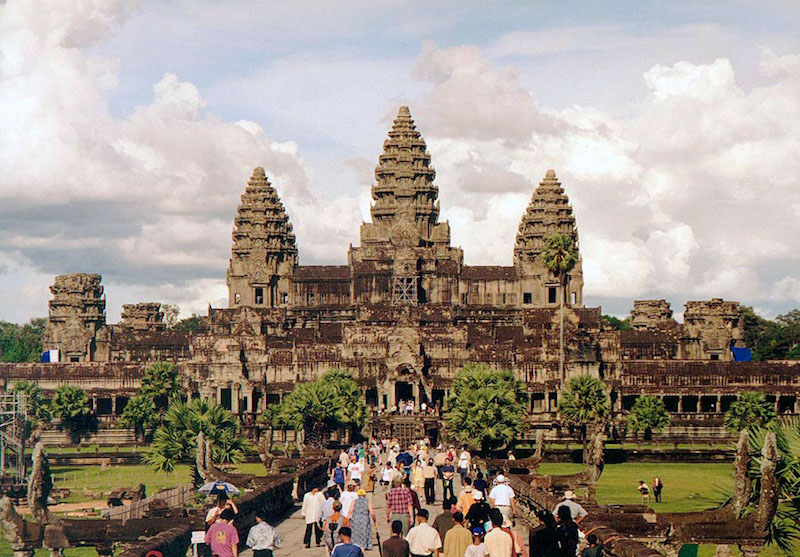
Today, the ruins of the kingdom of Angkor is the biggest tourist attraction in Cambodia, and the filming location for films like Lara Croft: Tomb Raider.
It was at its height of power around the 12th century, when it controlled much of modern South East Asia. In fact, it's the largest preindustrial society known to date.
The kingdom was at its most prosperous and powerful around 1000-1200 C.E. However, by 1500, the entire city had been abandoned and began being taken over by the jungle.
Again, scholars can't agree as to why the city fell, but theories include war with a neighboring kingdom, religious disputes, natural disaster and neglect of public works.
7. The Lost City Of Petra

The lost city of Petra was a bustling metropolis around the same time Christ lived. Carved into the cliffs of the Jordanian desert, the remains still draw tourists by the thousands.
The city was the center of a kingdom four times the size of modern Jordan and had a sophisticated water management system. Archaeologists estimate that people began to abandon the city around the 7th and 8th centuries. It was relatively untouched for centuries until western explorers discovered it in the 1800s.
It's thought that various natural disasters such as flash floods and earthquakes forced the city's inhabitants to leave, but there is no definitive evidence.
8. The Olmec Civilization
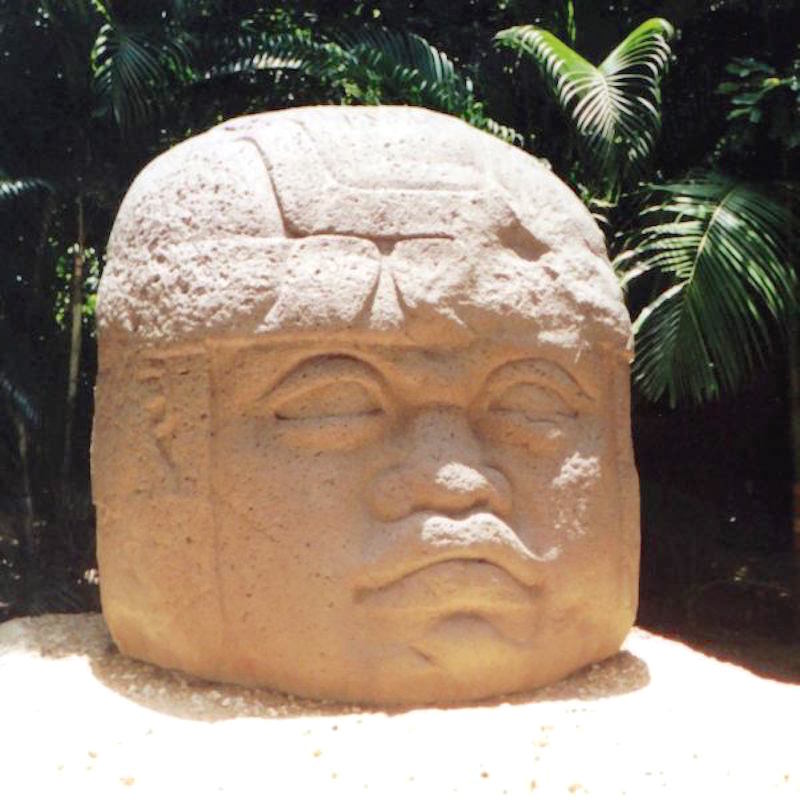
The Olmecs developed their civilization along the Gulf of Mexico around 1100 B.C.E. Although most evidence of their structures has disappeared, many of these carved heads remain to commemorate their existence.
All archaeological evidence of the society disappeared after 300 B.C.E. Their graves have since disappeared, so it's impossible to determine why or if they were killed by disease or force.
Civil war, famine, and natural disaster are the leading theories, although without bones, there is very little that can be determined for sure.
9. Terra Preta
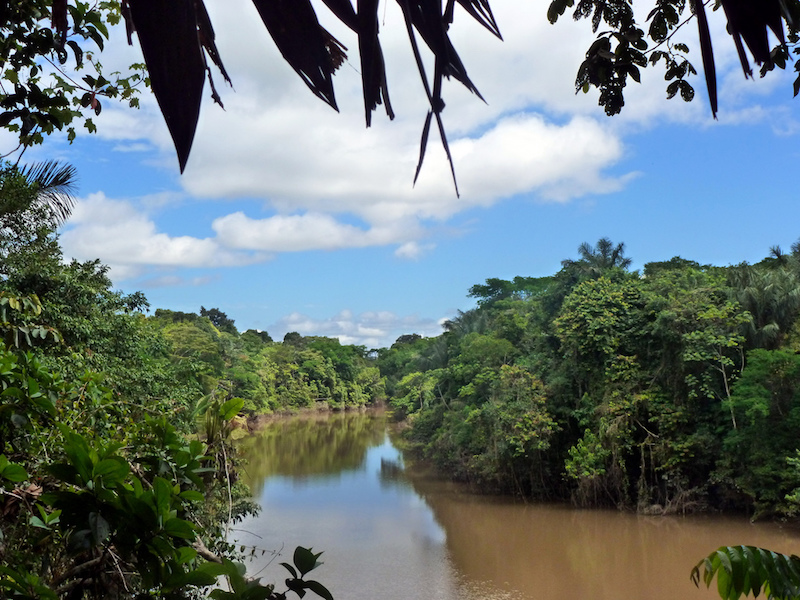
The Spanish conquistadors wrote home telling of cities made from gold and vast civilizations in the Amazon. However, the explorers who followed them years later found no sign of human life in the thick jungle.
Now, satellite imagery has proven that there might be some truth to the myth. The photos reveal evidence of large structures and even agricultural systems in the jungle.
These people were one with the river, and their villages were often called "garden cities." However, there was no obvious evidence of them centuries ago, and it is assumed that they were wiped out by disease brought over by explorers looking for El Dorado.
10. Aksumite Empire
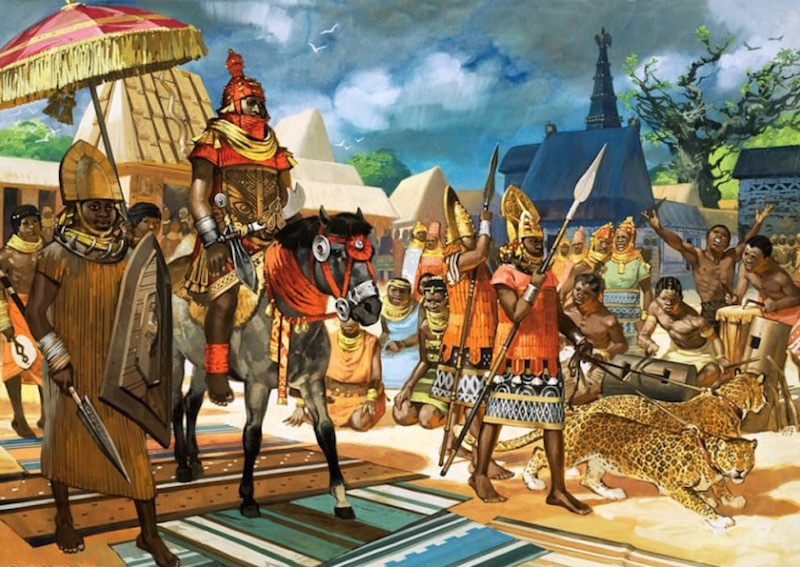
The Akusumite Empire was a trading center located in modern Ethiopia. It is also home to the Queen of Sheba and was at its peak of power around the first century C.E.
The city that once traded with all of Africa, and potentially the known world at the time, began declining around the 7th century. Some experts think that it was climate change, but others think the city was defeated by Judith, a Jewish Queen and her invading army.
Do you know any other lost civilizations? Let us know in the comments below and don't forget to SHARE on Facebook!




